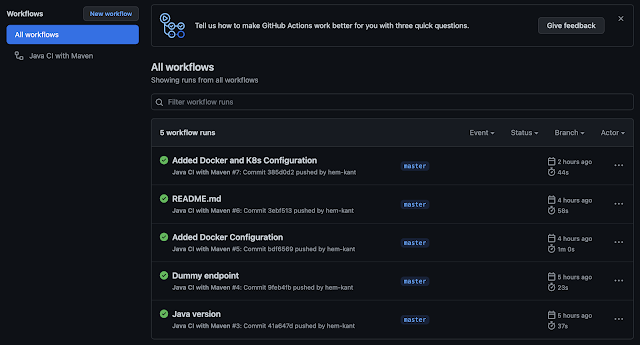In order to deploy the docker image to Google Cloud, we need a Google Cloud Account signup for Free Trail, If you don't have a Google Cloud account already it will first show you the billing page. after that, it will redirect you to the landing page. Here we first need to create a project, because in GC everything we do, we do it in a project, and billing is also generated based on that.
Here you can see all the billing-related information based on your use, after that, we need to go to the services section and click on the left burger menu and select Kubernetes Engine - > Cluster.
Here we first need to create a Cluster because then only we would be able to deploy anything. I have selected the Self-Managed Cluster option, you can select the same or the recommended one which is then managed by Google.
Here we need to enter the Cluster name followed by the Location Type and the rest of the settings we can leave as default, click on Create button which will start the process of creating a cluster and it will 1-2 mins.
So, the Cluster is created successfully with 12GB of Total Memory, and 6 CPUs which should be sufficient for our demo application to run.
The next step is we need to create our deployment file.
apiVersion: apps/v1
kind: Deployment
metadata:
name: spring-docker-k8s-deployment
spec:
replicas: 2
selector:
matchLabels:
app: spring-docker-k8s
template:
metadata:
labels:
app: spring-docker-k8s
spec:
containers:
- name: spring-docker-k8s
image: hemkant/github-actions
ports:
- containerPort: 5678
Next, we need to execute this deployment file and for that, we can use Google Cloud shell.
Go to Cluster and click on three dots and Connect, this will open the shell prompt in the browser for us to run kubectl commands, after that we need to run the command to authenticate with GC.
Once your file is uploaded you can run ls command to check, and you should see the file in the directory.
Next, we need to run "kubectl apply -f <filename.yaml>"
This command will create the Pods inside the cluster which we created, from the menu go to Workloads.
Here we can see the deployment is done and the status is ok with 2/2 Pods. Next, we need to expose the traffic on a specific port which is 8080 for our application.
After a couple of mins, you can go to the Service & Ingress menu to get the external endpoint to access this application from the public domain.
That's it we have successfully deployed our Spring Boot API docker image to Google Cloud Kubernetes Engine. Deployment YAML
Happy Coding and Keep Sharing!!


















